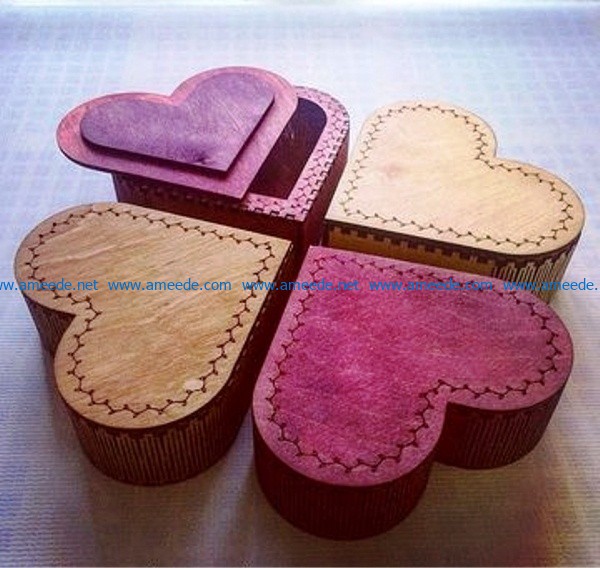

Typically the noise is present in the first 10 values. In that case, choose Lossless.įor MR there is no defined standardized scale like the Hounsfield scale for CT.

Note that technical CT scans might contain materials within this range, so for these types of scans, this CT compression should not be used. CT compression then sets these values to -1024 HU. Since there is no tissue type that generates gray values from -1024 HU to -824 HU (first 200 values), the values in this range are typically just noise. See the item about Hounsfield Units for more information.


Medical CT scanners work with the Hounsfield scale. These compressions are a form of noise reduction, they work as follows. Both slice thickness and slice increment play a role in performing a 3D (Gray Value) interpolation in Calculate 3D. Slice thickness is displayed in Project Information as copied from the DICOM Headers. The slice increment is important as Mimics uses this for calibrating the project to ensure all measurements are correctly performed. If the scan has a slice increment greater than the slice thickness, there is no information about the skipped section, so anatomical information or objects might not show up on the scan.Ĭlick on "Image" > "Organize Images", and you will see listed the slice increment of each slice (0.625 mm in the example shown here). The slice thickness is an important factor in understanding the resolution of your images. It is acceptable and common to have an overlap in these values. Slice Increment refers to the movement of the table/scanner for scanning the next slice (varying from 1 mm to 4 mm in the illustration). Slice thickness refers to the (often axial) resolution of the scan (2 mm in the illustration). Slice thickness and slice increment are central concepts that surround CT/MRI imaging.


 0 kommentar(er)
0 kommentar(er)
